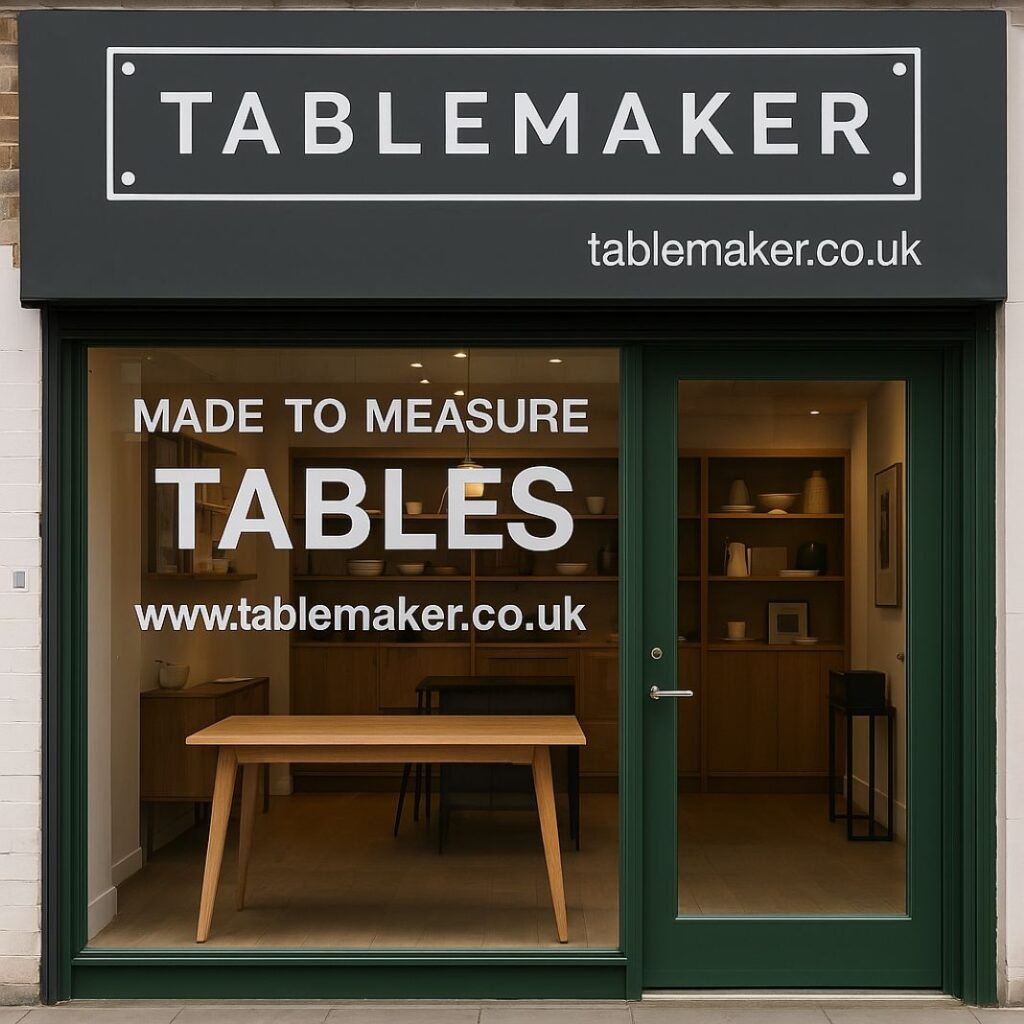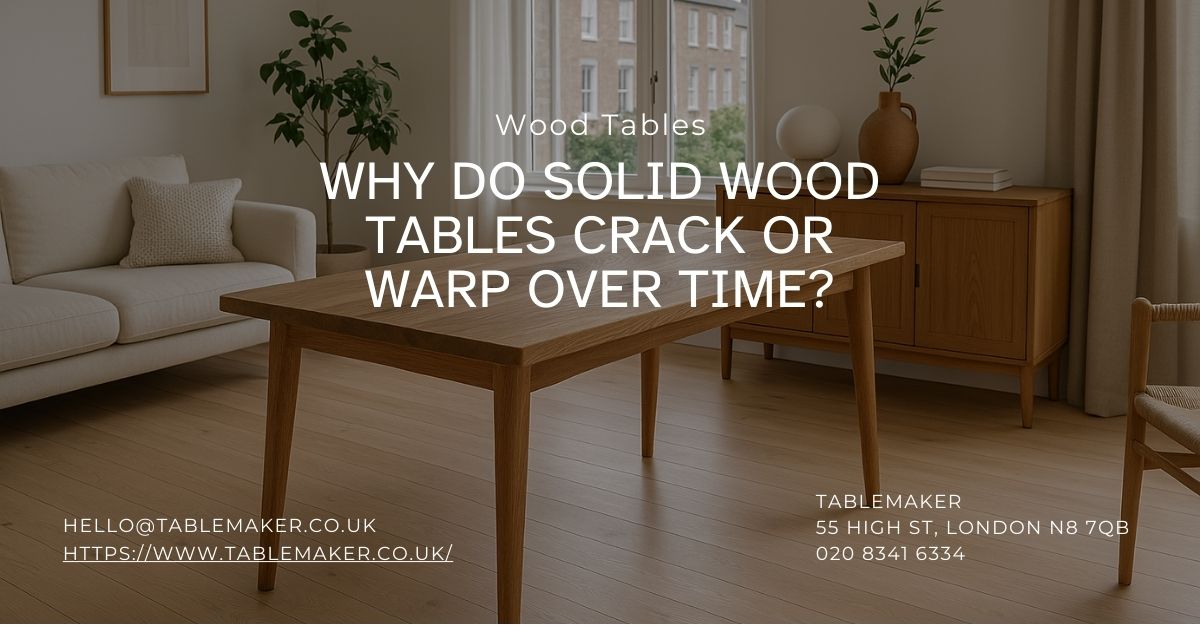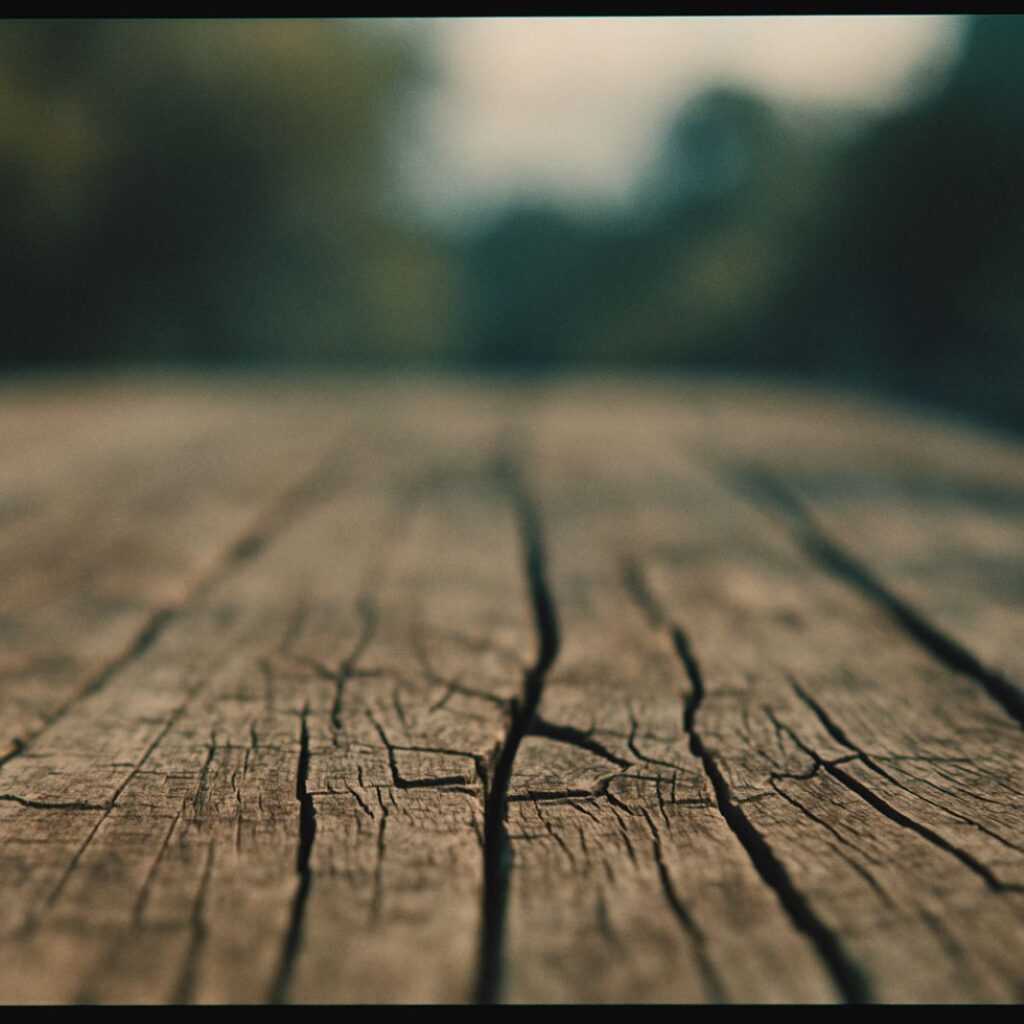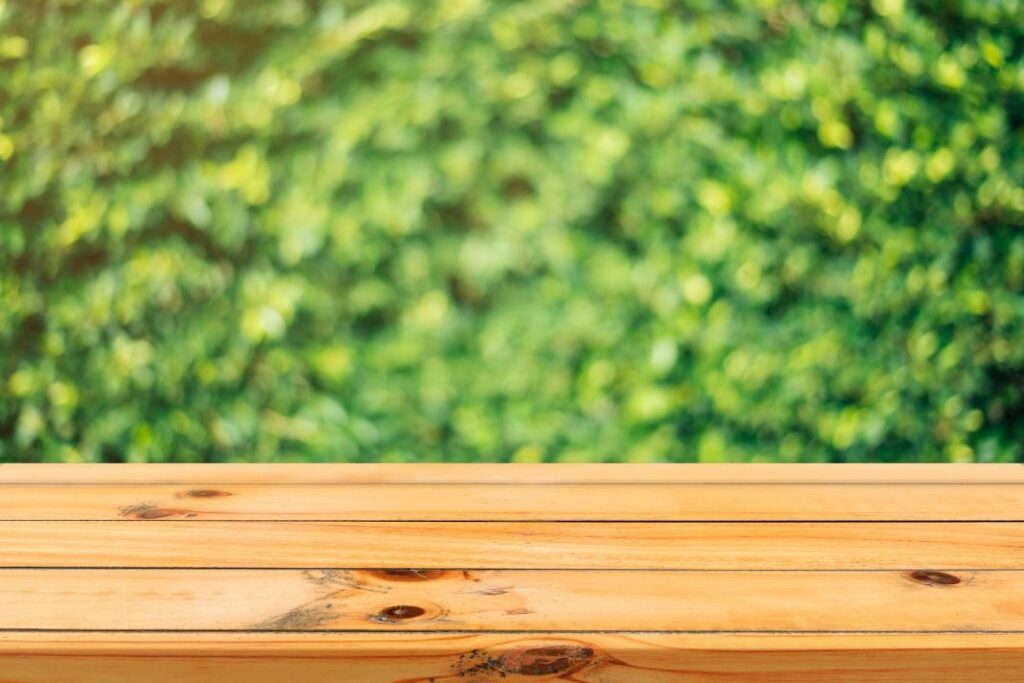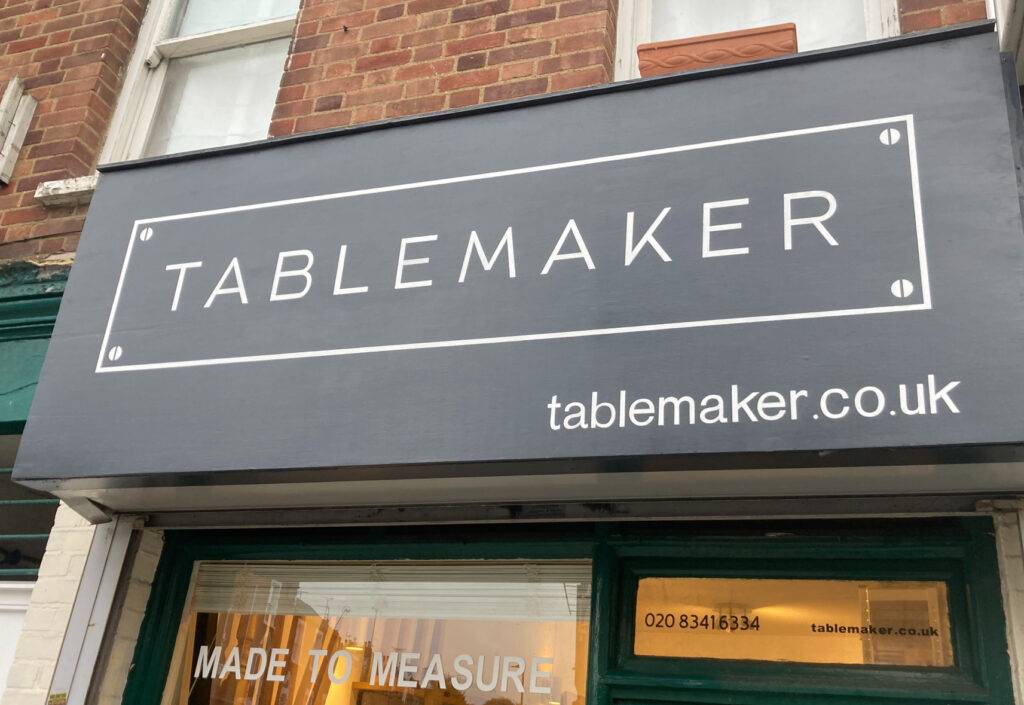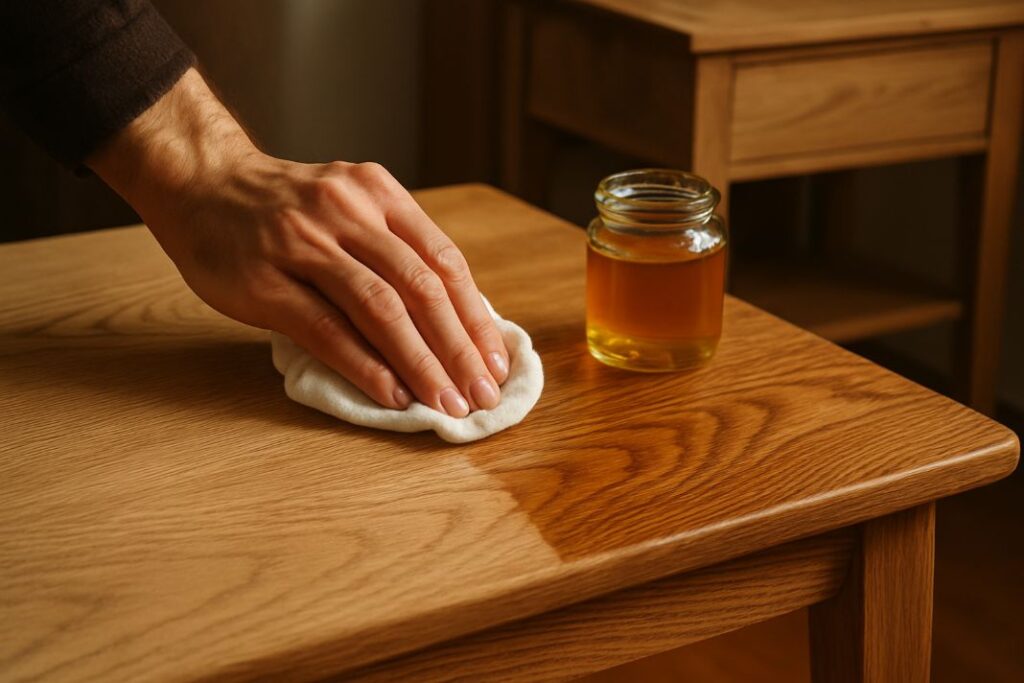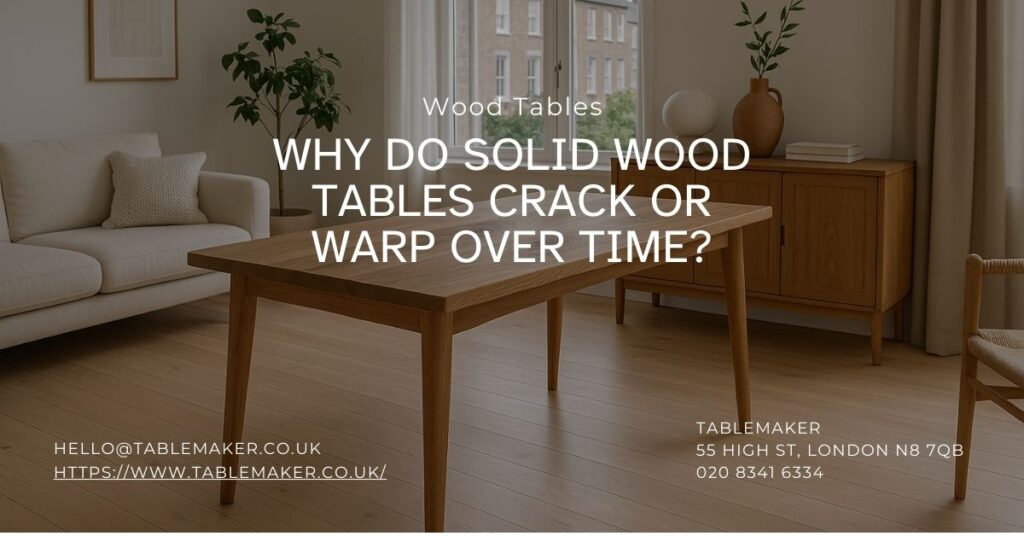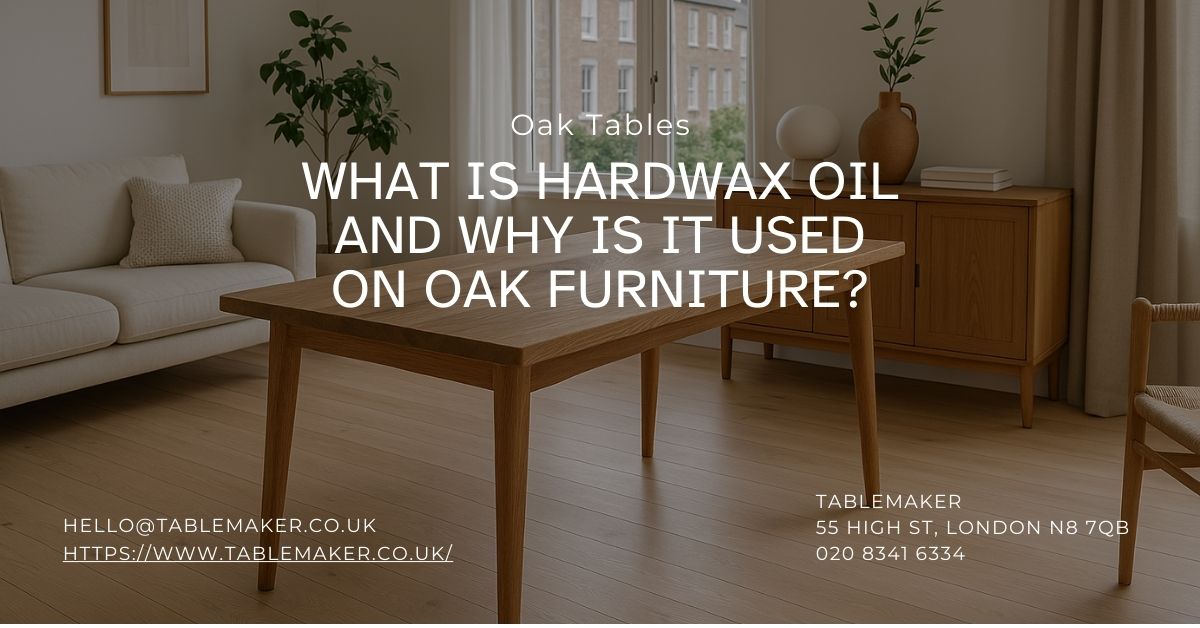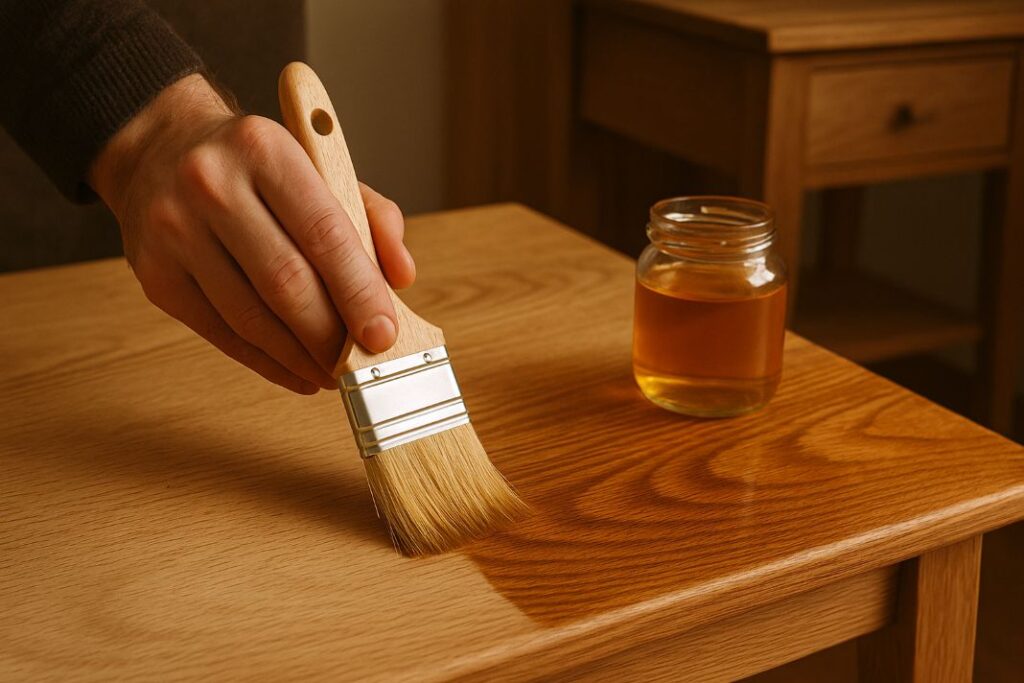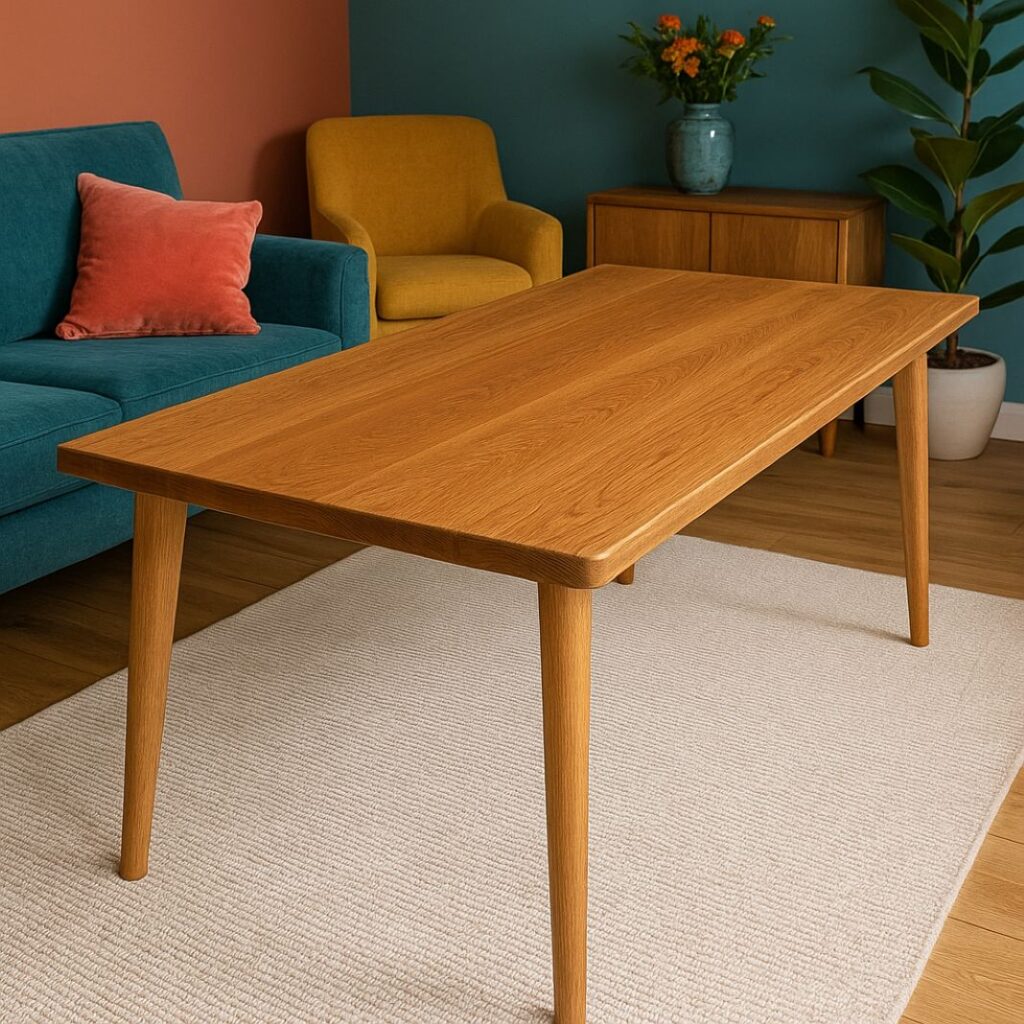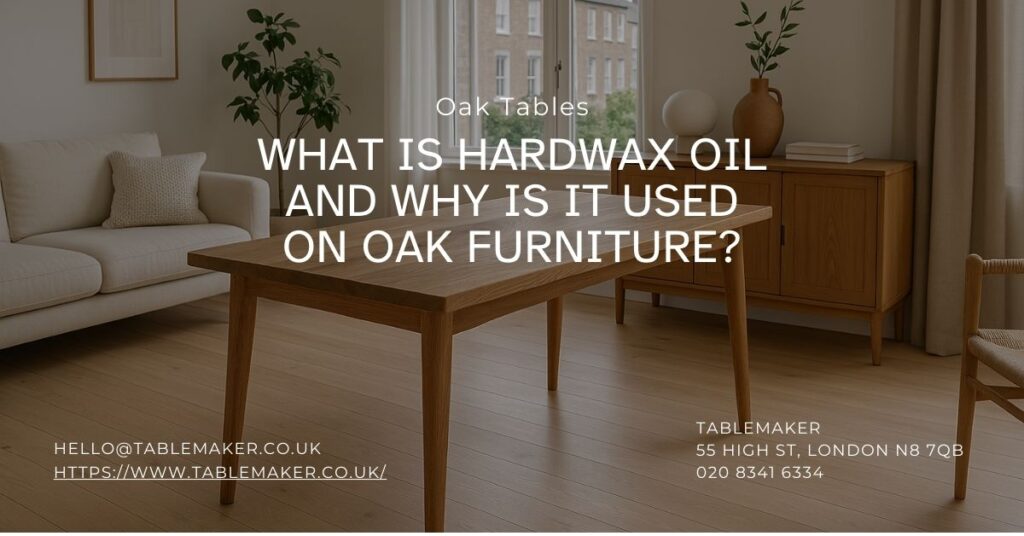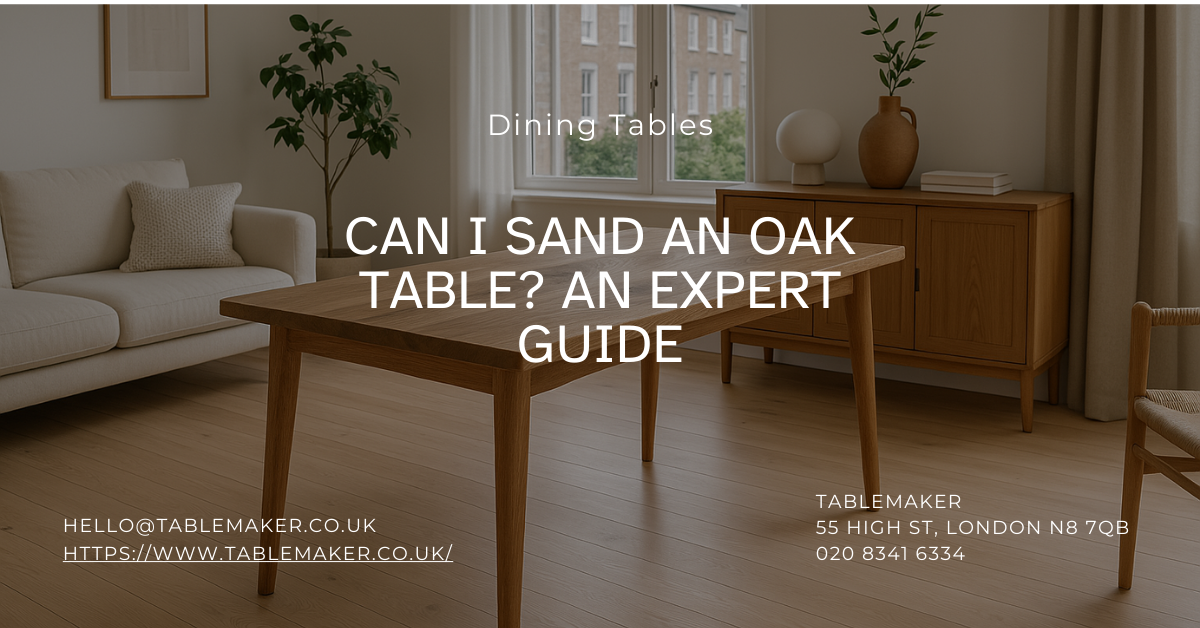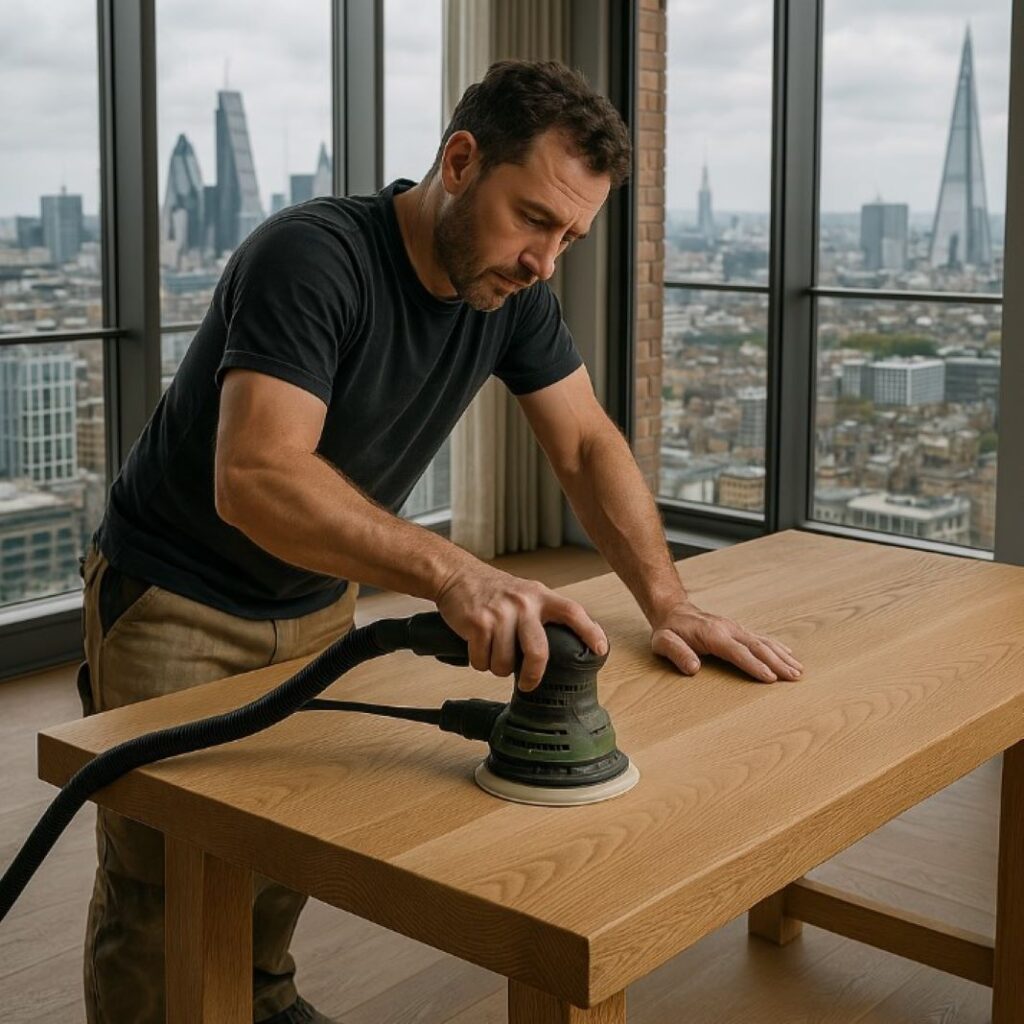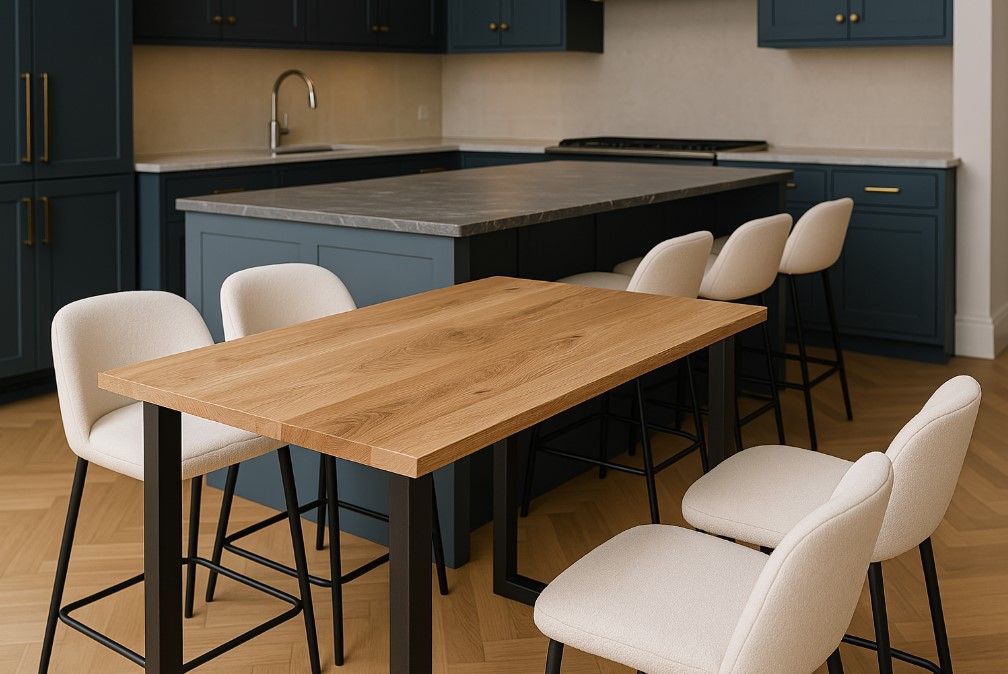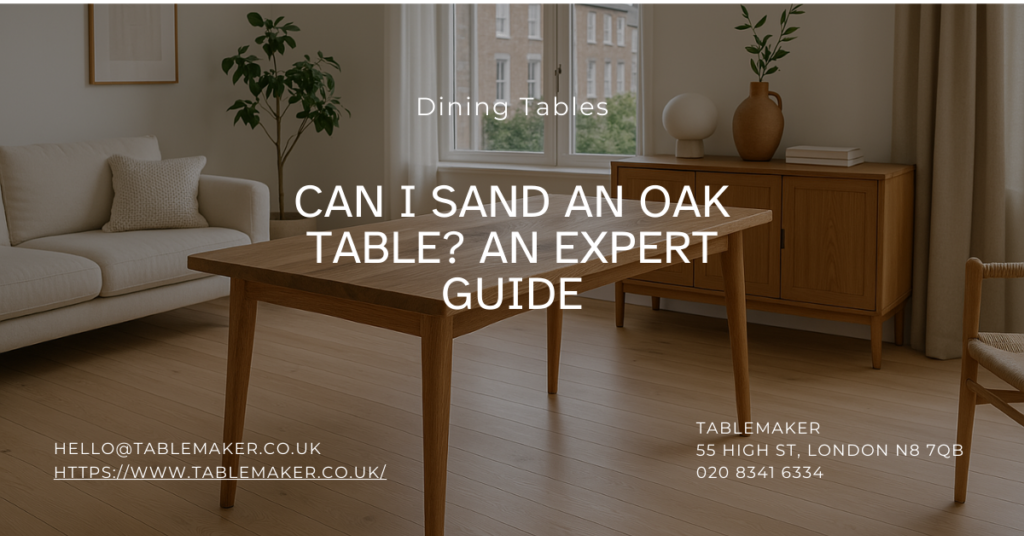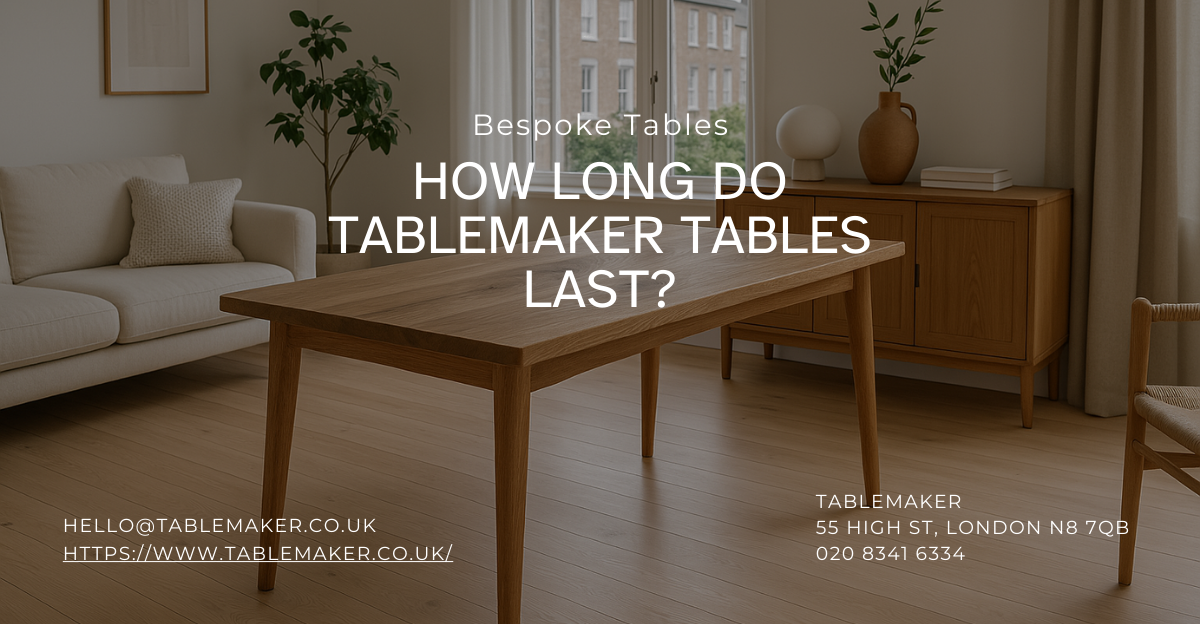
How Long Do Tablemaker Tables Last?
How long do Tablemaker tables really last?
Tablemaker solid wood tables are built to last for decades. Crafted in London using traditional joinery and durable British hardwoods like oak, ash and walnut, these tables are designed to endure everyday use in homes and commercial spaces alike. With proper care, many customers report their Tablemaker pieces lasting well over 20 years. Thanks to the company’s restoration and resizing services, their lifespan can be extended even further, making them a truly sustainable and long term furniture investment.
In this article about Tablemaker tables, we have covered
- What Makes Tablemaker Tables Durable?
- Tablemaker Table Types and Expected Lifespan
- The Lifespan of Solid Oak Tables
- How are Tablemaker tables constructed to last?
- What factors affect how long a solid wood table lasts?
- Can Tablemaker tables be restored or resized?
- Do customised tables last longer?
- How long should you expect a Tablemaker table to last?
- Is a Tablemaker table a good investment?
- Built to be used, built to last
- FAQs
What Makes Tablemaker Tables Durable?
Expert British Craftsmanship
Tablemaker tables are handmade by skilled furniture makers in the UK using techniques that have stood the test of time. Each piece is built with care and purpose to ensure strength and stability from the inside out.
Hardwood Selection and Sustainability
Every table is made using full stave hardwoods including European oak, ash and walnut. These timbers are known for their density and slow wear rate. Solid oak is especially popular thanks to its tight grain structure, which provides natural resistance to knocks and movement.
Durable Natural Finishes
Tablemaker uses breathable hardwax oils that are low in volatile organic compounds and food safe. These finishes protect the timber against moisture and light abrasions, while allowing the surface to be refreshed easily. You can maintain the table without sanding it back completely, which supports long term use.
Tablemaker Table Types and Expected Lifespan
Dining Tables
Dining tables from Tablemaker are built to handle daily meals, laptop use, homework and social gatherings. Many customers have used their dining tables for over two decades with only minor surface touch ups needed.
Coffee Tables
Designed for casual and high use areas like living rooms, coffee tables from Tablemaker are protected with durable finishes and built from resilient hardwoods that hold their shape and finish for years.
Console and Side Tables
These lighter use pieces benefit from the same construction techniques as larger models. Whether used in entryways or as nightstands, their structural soundness means they can last just as long with proper care.
Pro Tip: Think long term when choosing wood. Solid oak may cost more upfront but it offers better wear resistance and can be resurfaced easily, making it the best value over decades.
The Lifespan of Solid Oak Tables
Why Oak Tables Last So Long
Oak is a go to material for lasting furniture. It is hard, stable and less likely to show dents or scratches compared to softer species. Its natural tannins also offer a small degree of resistance to pests and fungal growth.
Compared with Other Types of Wood
While pine and beech are common in mass market furniture, they are more likely to dent and distort over time. Solid oak, ash and walnut are more reliable for long term structural integrity. These hardwoods age well and often improve in appearance with time, making them ideal for heirloom quality tables.
How are Tablemaker tables constructed to last?
The Importance of Proper Joinery
A major reason Tablemaker tables last so long is because of how they are joined. Mortise and tenon joints distribute load evenly and reduce wobble. Pocket hole joinery, where used, is hidden and reinforced to keep the frame rigid without being bulky.
Built in Strength Features
Large or long tables can be fitted with removable straightening bars underneath. These metal supports are designed to minimise cupping or bowing in wide tops. They are fixed with screws rather than adhesive, which makes them easy to adjust or remove for repairs if needed.
These kinds of reinforcements, paired with precise joinery and full stave hardwoods, contribute significantly to the lasting quality of solid oak tables.
What factors affect how long a solid wood table lasts?
Daily Use and Household Habits
Frequent use, direct heat, heavy impacts or sharp objects can shorten the life of a table. Using placemats, coasters and avoiding standing water on surfaces helps protect against wear. Tables used for dining or work are often exposed to more stress, but these risks are manageable with good habits.
Environmental Conditions
Room humidity, temperature changes and direct sunlight can impact hardwood over time. Fluctuations can cause the wood to expand or contract slightly. Placing your table away from radiators or large windows, or using blinds and ventilation, helps keep conditions stable.
Routine Maintenance
Tables that are wiped regularly with a soft damp cloth and re-oiled occasionally will last much longer. Avoiding harsh chemicals and letting spills sit on the surface helps maintain the finish. The ability to reapply hardwax oil means the protective layer can be refreshed before any damage sets in.
Pro Tip: Choose finishes based on your lifestyle. If you have young children or pets, opt for finishes that are easier to maintain and refinish. Tablemaker’s hardwax oil options are ideal for this.
Can Tablemaker tables be restored or resized?
Tablemaker Restoration Services
Yes. One of the unique things about Tablemaker is their in house table restoration service. If your table has seen years of use, has surface damage or no longer suits your space, Tablemaker can clean, sand, refinish and adjust it for a new lease of life. This service helps reduce waste and supports longer product use.
Reusing and Reshaping Existing Tables
Rather than replacing an old table, many customers opt to have it modified. A larger dining table might be resized into a desk or smaller breakfast table. Edges can be reshaped, legs can be swapped and cable holes or fittings can be added to support new uses. These kinds of custom projects extend the life of solid wood furniture without compromising quality.
Do customised tables last longer?
Built to Suit Usage and Space
One of the benefits of ordering a custom table is that it can be made to match how you live and the space you have. When a table is properly sized and fits well, it is less likely to suffer from misuse or awkward placement. This helps protect the structure and surface over time.
Added Features for Functionality
Customised options can include rounded corners for safety, adjustable height for accessibility, or integrated cable holes for home office use. These adjustments do more than make the table fit better. They make it more usable every day, which means fewer reasons to replace it later.
Materials and Finish Chosen by You
When you choose the timber and finish yourself, you are more likely to take care of the piece because it reflects your style and preferences. Tablemaker also offers advice on what woods work best for different settings so your choice supports durability from the start. Explore available materials on our samples page to find your best fit.
Build Your Perfect Table
Need a table that fits your lifestyle and space? Tell us what you need and we’ll build it in our London workshop using premium hardwoods.
Call TablemakerHow long should you expect a Tablemaker table to last?
Realistic Lifespan Expectations
For households that follow good care routines, a Tablemaker table can easily last between 20 and 30 years. In some cases, customers have kept their pieces even longer, particularly when the table has been refurbished or repurposed for a new space.
What Are the Signs a Table May Need Work?
If a table begins to show deep wear, surface cracking, or signs of movement in the joints, it may be time to consider refurbishment. These issues do not always mean replacement is needed. Tablemaker can restore or adapt the piece to bring it back into daily use.
Is a Tablemaker table a good investment?
Cost Compared to Years of Use
Rather than replacing a budget table every five to ten years, a Tablemaker piece is built to remain in use for much longer. If you divide the cost by the number of years it remains part of your home, it often works out better value than frequent replacements. This is especially true for high demand items like solid oak tables.
Long Term Satisfaction
Because each table is made to order and built using high quality materials, owners tend to hold on to them. The ability to refresh the surface or adjust the size later means your table can grow and change with you, making it a smart long term purchase.
Learn more about value comparisons in our buying guides, where we break down material quality and cost over time.
Built to be used, built to last
Tablemaker tables are made with genuine care, using solid timber and proven construction methods. Whether it is a dining table in constant use, a hallway console, or a custom home office desk, every piece is created for long term function and daily living. Customers who invest in a Tablemaker table do so knowing that it will serve them well, not just for a few years, but for decades.
If the table ever needs refreshing or repurposing, Tablemaker’s restoration team is ready to help. This blend of durability, flexibility and support makes each table a solid investment for the long haul.
Frequently Asked Questions
How do I maintain a Tablemaker table? Wipe the surface with a soft damp cloth, avoid harsh cleaners and reapply hardwax oil when the finish begins to dull. Use placemats and coasters to avoid marks.
Are Tablemaker tables safe for homes with children or pets? Yes. The finishes are food safe and low in harmful chemicals. Rounded edge options are available for added safety in family homes.
Can I change the size of my table after I’ve bought it? In many cases, yes. Tablemaker offers resizing services for clients who want to adapt their table to a new space or layout.
What wood should I choose for best longevity? Oak is the top choice for strength and wear resistance, followed closely by ash and walnut. All hardwood options used by Tablemaker are selected for durability.
Do Tablemaker tables come with a warranty? Yes. Each table is covered by a manufacturer’s warranty and long term aftercare is available through the workshop.
Restore or Resize Your Existing Table
If your current table needs a refresh or no longer suits your room, we can restore or modify it so it lasts even longer.
Request a Restoration QuoteTablemaker
55 High St, London N8 7QB
02083416334
HVQM+58 London

